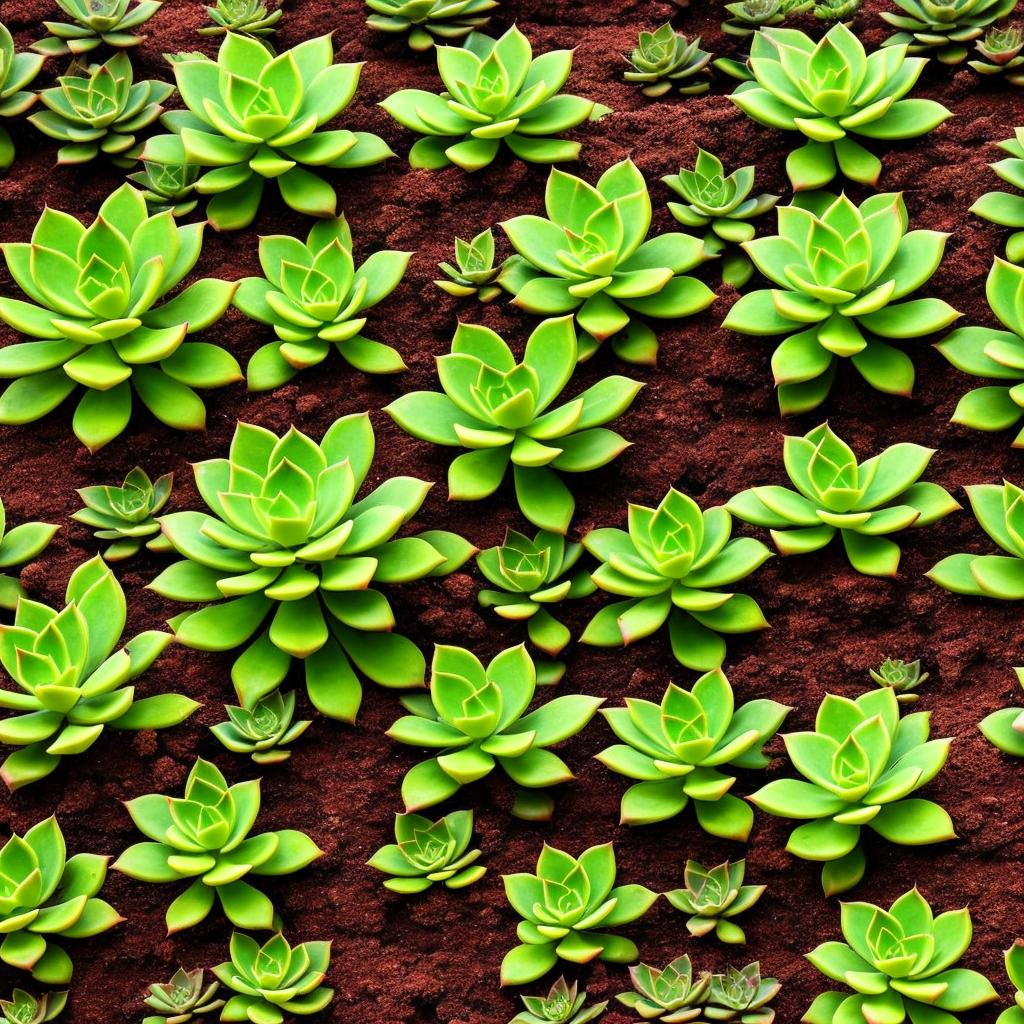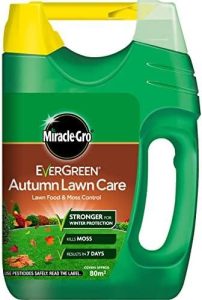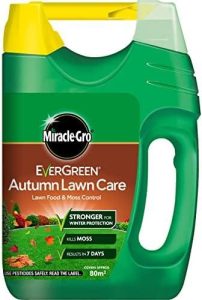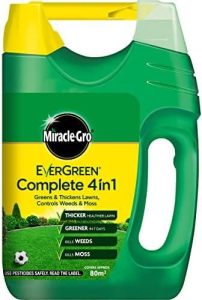In a world full of vibrant blooms and lush greenery, succulents stand out with their unique charm and easy-care nature. Whether you’re a seasoned plant parent or just starting your green thumb journey, growing succulents indoors can be a rewarding experience. From quirky cacti to elegant echeverias, these versatile plants come in a variety of shapes and sizes, making them the perfect addition to any home or office space. In this article, we’ll delve into the world of growing succulents indoors and provide you with tips on how to care for and maintain these stunning plants.
Choosing the Right Succulents for Indoor Growth
When it comes to , there are a few key factors to consider. One important consideration is the amount of sunlight your indoor space receives. Some succulents thrive in bright, direct sunlight, while others prefer indirect light. Be sure to choose succulents that are well-suited to the lighting conditions in your home.
Another factor to consider when selecting succulents for indoor growth is the size of the plants. Some succulents stay small and compact, making them perfect for small spaces or windowsills. Others can grow quite large, so be sure to choose varieties that will fit comfortably in your indoor environment. Additionally, consider the maintenance requirements of different succulent species to ensure you choose plants that are well-suited to your level of care and attention.
Optimal Light Conditions and Watering Practices
Succulents are low-maintenance plants that thrive in optimal light conditions and with proper watering practices. When growing succulents indoors, it is important to place them in a location that receives bright, indirect sunlight. South-facing windows are ideal for most succulents, but if your space lacks natural light, you can supplement with grow lights to ensure they receive adequate light for healthy growth.
When it comes to watering succulents, the key is to allow the soil to dry out completely between waterings. Overwatering is one of the most common mistakes people make when caring for succulents, as they are susceptible to root rot if their roots sit in water for too long. To determine if your succulent needs water, simply stick your finger into the soil – if it feels dry an inch down, it’s time to water. Remember, it’s always better to underwater than overwater succulents to prevent any damage to their delicate roots.
The Importance of Well-Draining Soil Mixtures
Succulents are beautiful and unique plants that can brighten up any indoor space. However, in order to keep them healthy and thriving, it is crucial to use well-draining soil mixtures. When it comes to growing succulents indoors, the type of soil you use can make a huge difference in their overall health and growth.
Well-draining soil mixtures are essential for succulents because they do not like to sit in water. Using a soil mixture that drains quickly and efficiently will help prevent root rot and other water-related issues. Additionally, well-draining soil allows succulents to access the nutrients they need while also promoting good air circulation around the roots. By using a soil mixture that is specifically designed for succulents, you can help ensure that your plants stay healthy and happy for years to come.
Pest Prevention and Disease Management
**Pest Prevention:**
Succulents are generally hardy plants, but they can still fall victim to pests if proper precautions are not taken. To prevent pests from infesting your indoor succulents, consider the following tips:
- Keep your succulents clean by regularly wiping down their leaves with a damp cloth.
- Inspect your plants regularly for any signs of pests such as webbing, spots, or holes.
- Quarantine any new plants before introducing them to your existing succulent collection to prevent the spread of pests.
- Use natural pest control methods such as neem oil or insecticidal soap if necessary.
Disease Management:
Proper disease management is essential for the health of your indoor succulents. Here are some tips to help prevent and manage diseases in your succulent plants:
- Avoid overwatering your succulents as it can lead to root rot, a common disease in succulents.
- Provide adequate air circulation to prevent the build-up of moisture, which can contribute to fungal diseases.
- Remove any infected or diseased leaves immediately to prevent the spread of disease to other parts of the plant.
- If your succulent does contract a disease, consider repotting it in fresh, sterile soil to help combat the issue.
The Way Forward
As you embark on your journey to grow succulents indoors, remember to keep these care and maintenance tips in mind. With the right amount of sunlight, water, and love, your succulent collection will thrive and bring a touch of nature into your home all year round. So go ahead, get your hands dirty and watch your indoor garden flourish with these resilient and beautiful plants. Happy planting!




